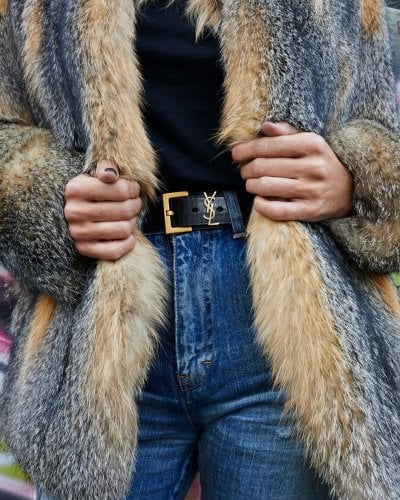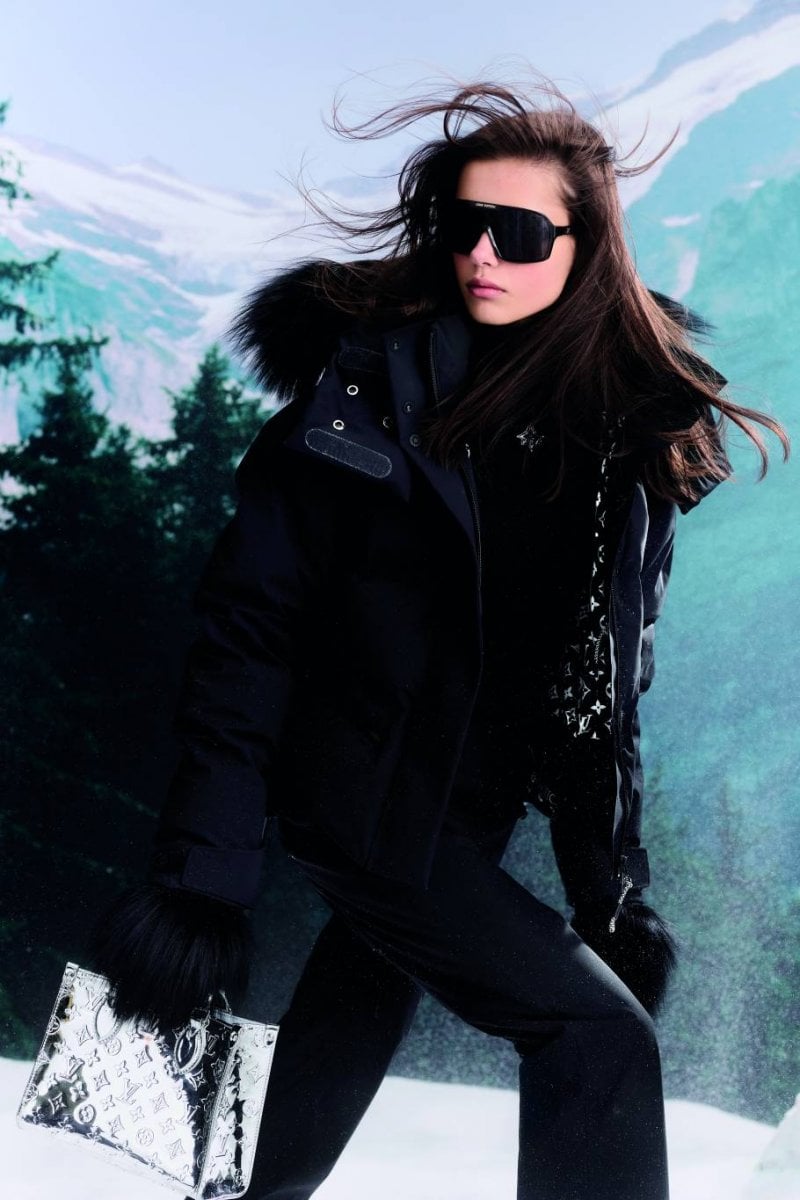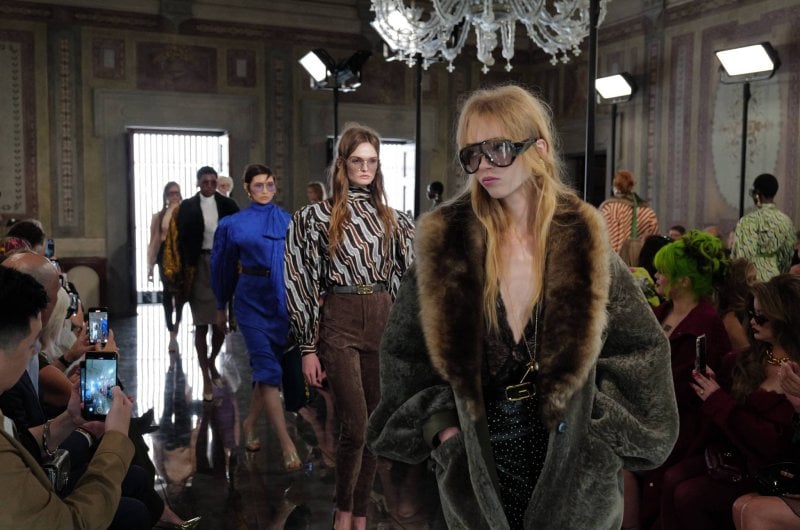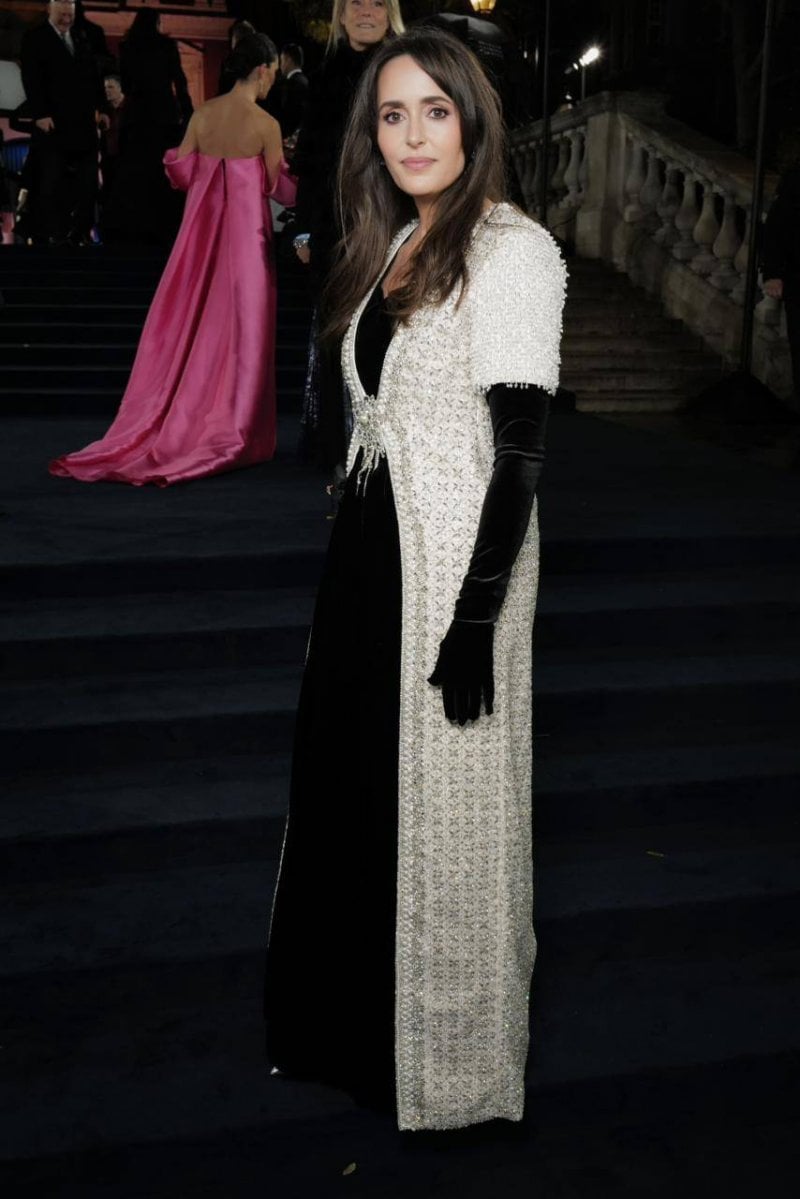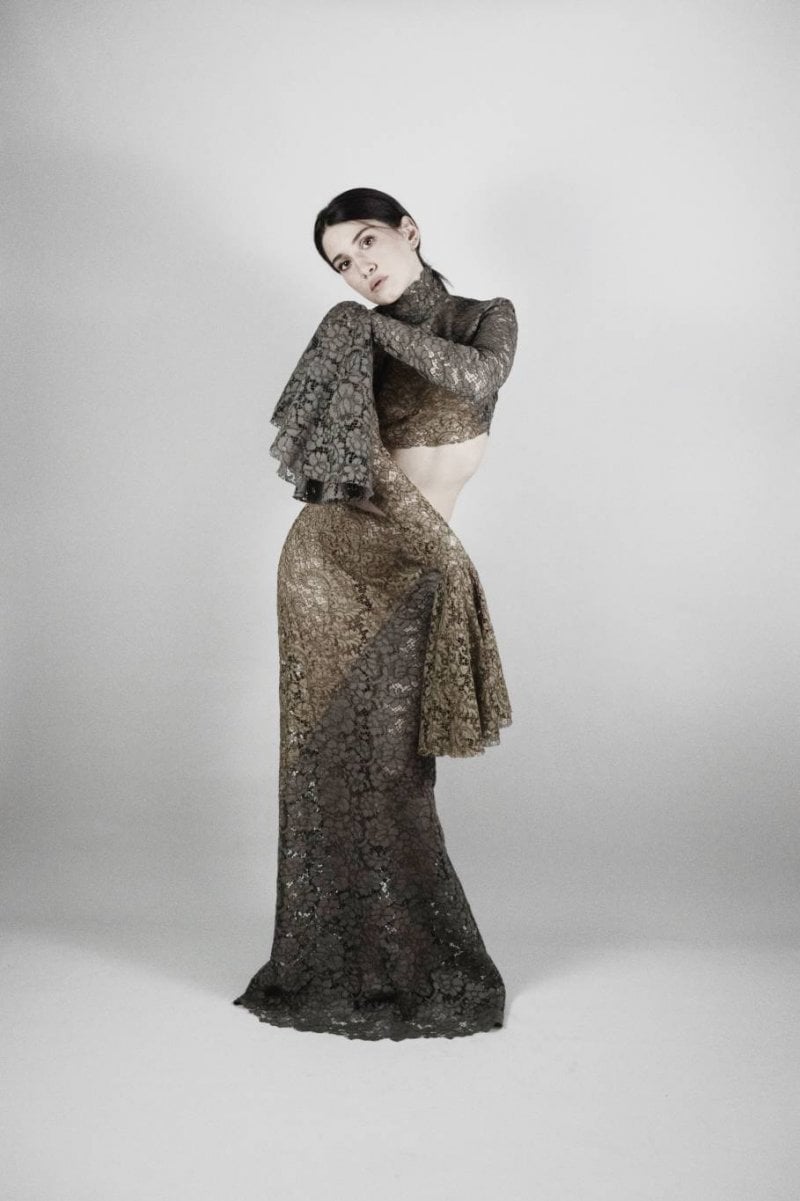Cover Photo Courtesy of Instagram.com/ysl
From miners and cowboys to rockstars and ultimately high-end fashion, denim jeans have a long history of evolution. Over the past two centuries, jeans has become an icon of the fashion world with a story worth telling.
It all started in the 1800s when the word “jean” referred to a twill cotton fabric used to make trousers and was produced in the French town of Nîmes. However, the classic jeans were first patented by tailor Jacob Davis and the owner of a wholesale fabric house in San Francisco Levi Strauss in 1873, when the demand for sturdy workwear pants with pockets increased.
The first denim pants were indigo-dyed and their pockets were reinforced with copper rivets – a detail that remains essential in most denim jeans today. In 1890, Levi’s 501 denim style was created and set the tone for a creative journey marked with rule-breaking, gender-bending, Wild West style. To provide more resilience and to create a Levi’s signature during the same decade, the brand then added a double arch of orange stitching. And when its patent ended, many manufacturers became able to reproduce their own versions of denim pants.
In the 1920s and 1930s, Hollywood gave the blue jeans a more romantic character – dressing handsome cowboy roles like those played by John Wayne and Gary Cooper and appealing to consumers who were in quest for casual wear ideal for the weekends and the holidays. And through advertisement photos depicting actresses such as Ginger Rogers and Carole Lombard wearing this piece, women also became more and more convinced of bringing it to their wardrobe.
Between the 1950s and the 1970s, jeans were regarded as a symbol of cool, hippie style, and it wasn’t until the late 1970s and early 1980s that denim started taking the high-fashion street, making appearances on runways that made it expensive and hard to purchase. And in the 1990s, fashion houses like Versace, Dior, and Dolce & Gabbana started reinterpreting this piece through their own style vocabulary, introducing new cuts and types that cater to every woman and man’s taste.
Article Written by Mirella Haddad







